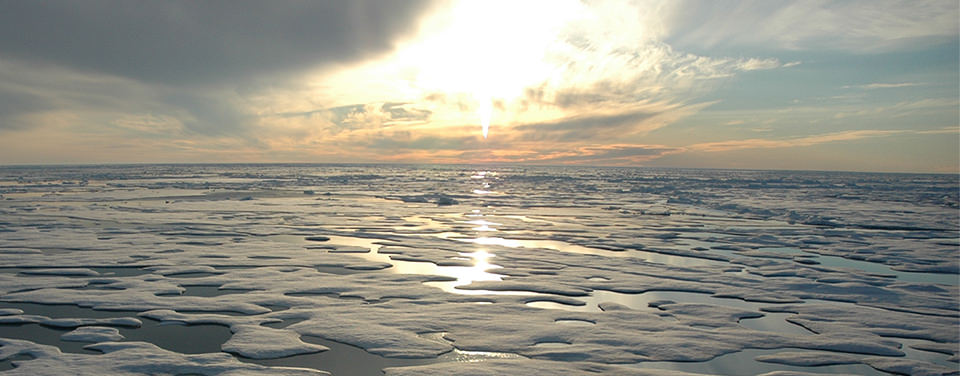What is the world's smallest ocean?
The Arctic Ocean is the smallest of the world's five ocean basins.

A polar bear walks on the frozen surface of the Arctic Ocean. The freezing environment provides a home for a diverse range of creatures.
With an area of about 6.1 million square miles, the Arctic Ocean is about 1.5 times as big as the United States. It is bordered by Greenland, Canada, Norway, Alaska, and Russia. The average depth of the Arctic Ocean is 3,953 feet and it is 18,264 feet at its deepest point.
The Arctic Ocean is almost completely covered with ice for the majority of the year and its average temperature seldom rises above freezing. However, this ocean is anything but barren.
Tunnels within sea ice called brine channels house bacteria and algae that feed flatworms and other tunnel-dwelling creatures. Melting ice also forms ponds on top of the ice that develop into biological communities.
When the ice melts, organisms and nutrients are released into the water. This promotes algae growth below the ice. These algae provide food for small organisms called zooplankton, which are a food source for fish, squid, seals, and whales. Some of these larger creatures, in turn, are preyed upon by polar bears that live on the ice.
When the creatures below the ice die, they sink to the bottom of the ocean and provide nutrients for sponges, sea anemones, and other bottom dwelling creatures. When these communities grow, they provide food once again for larger creatures such as seals, fish, and whales.